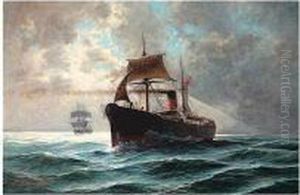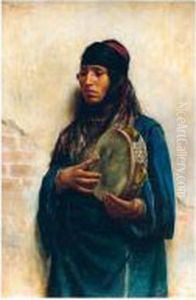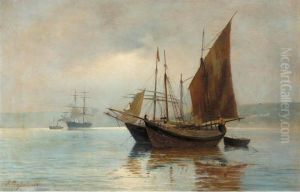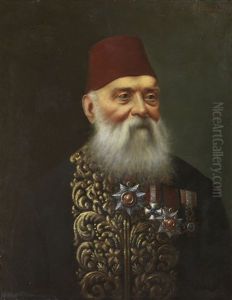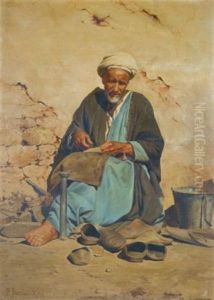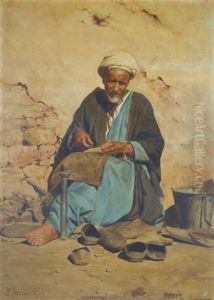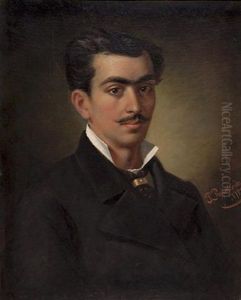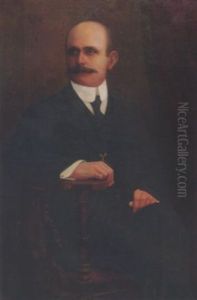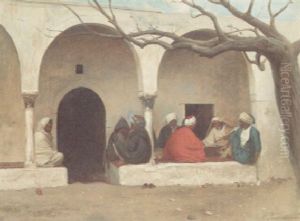Pavlo Prosalentis Paintings
Pavlo Prosalentis was a notable Greek painter, often recognized as one of the first painters of the modern Greek state, and is considered a significant figure in the Heptanese School of painting. Born in 1784 in Corfu, which at that time was under Venetian rule, Prosalentis came from a family with a strong artistic tradition. His father was a sculptor, which provided the young Prosalentis with an environment that was conducive to nurturing his artistic talents.
Prosalentis initially studied art in his hometown, where he was influenced by the Ionian Islands’ artistic scene, which was itself influenced by the Italianate style due to the Venetian occupation. He furthered his education by studying in Italy, which was a common practice for artists from the Heptanese seeking to advance their skills. In Italy, he had the opportunity to immerse himself in the Neo-Classical style and was particularly influenced by the works of Renaissance and Baroque masters.
Upon his return to Greece, Prosalentis became an important figure in the local art scene. He worked on various religious commissions and also became known for his portraits, which were in high demand among the elite of Greek society. His style combined the clarity and balanced composition of the neoclassical movement with a keen observation of individual character, which made his portraits particularly distinctive.
Prosalentis not only contributed to the arts through his own creations but also by nurturing the next generation of Greek artists. He was instrumental in the establishment of the first School of Fine Arts in Greece, founded in Aegina in 1829 by Governor Ioannis Kapodistrias. Prosalentis became the first director of this institution, thus playing a pivotal role in shaping the art education system in the newly formed Greek state.
Throughout his career, Prosalentis was also engaged in the preservation and restoration of ancient Greek monuments, which reflects the spirit of Philhellenism and the revival of classical heritage that was prevalent in Europe at the time. His dedication to both the creation of new art and the preservation of the old exemplified the cultural renaissance occurring in Greece during the early 19th century.
Pavlo Prosalentis passed away in 1837, leaving behind a legacy that would influence Greek art for decades to come. His works can be seen in various museums and collections in Greece and serve as a testament to the artistic achievements during a period of national rebirth.
